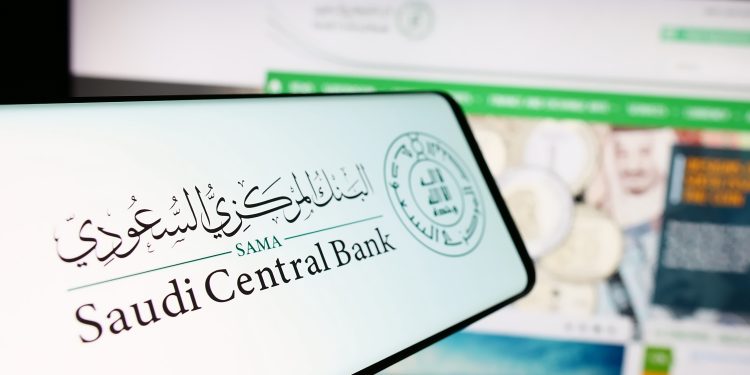Saudi Arabia’s liquidity reached a remarkable SAR3.033 trillion by February 2025, marking a significant increase in available funds within the economy. This represents an annual rise of SAR277.49 billion, or 10.1%, from the previous year’s SAR2.756 trillion, as reported by the Saudi Central Bank.
Monthly liquidity also saw growth, increasing by SAR67.543 billion, or 2.3%, from January’s SAR2.966 trillion. This liquidity surge supports economic and trade activities, contributing to Saudi Arabia’s economic growth.
Demand deposits, the largest segment of the broad money supply (M3), comprised 48.5% of the total, equating to SAR1.47 trillion. Time and savings deposits followed with 34%, totaling SAR1.031 trillion. Quasi-cash deposits made up 9.7%, amounting to SAR293.683 billion, while currency in circulation outside banks accounted for 7.8%, or SAR237.905 billion.
The components of domestic liquidity include M1 (currency and demand deposits), M2 (M1 plus time and savings deposits), and M3 (M2 plus quasi-cash deposits).
Looking ahead, Fitch anticipates lending growth in Saudi Arabia to reach 12-14% in 2025, driven by corporate demand. This growth is expected to surpass deposit growth, with banks likely to increase non-deposit funding. Fitch also predicts over $20 billion in Saudi bank debt issuance for 2025.
Despite lower interest rates, Saudi banks may see limited improvement in net interest margins due to tight liquidity and intense funding competition. A significant drop in oil prices could further strain liquidity, but the central bank may step in if necessary to ensure banks can meet financing demands.


